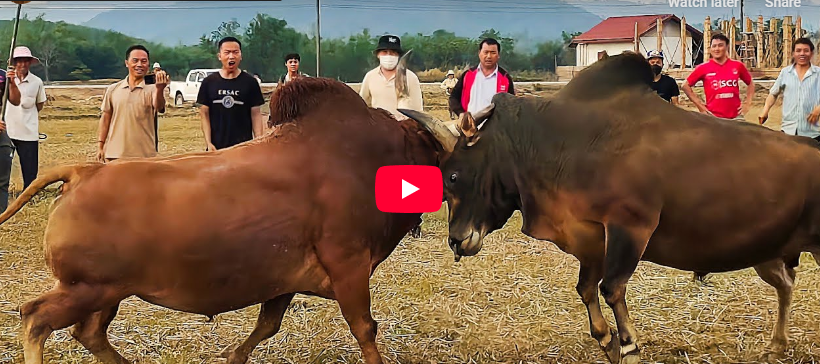In recent weeks, farmers and residents across rural regions have reported a surprising uptick in aggressive behavior among cows. Traditionally known for their calm and docile nature, these animals are now engaging in fights more frequently, raising concerns among agricultural communities.
So, what’s behind this unexpected cow conflict?
Experts suggest several possible reasons. One major factor could be overcrowding in pastures. As land becomes more limited, cows may feel the need to compete for space, food, or water—basic resources that are essential to their survival. When animals feel threatened or challenged, even typically peaceful ones can turn aggressive.
Heat stress is another potential trigger. Cows are sensitive to extreme weather, and prolonged exposure to high temperatures can cause discomfort and irritability. Combined with poor ventilation or lack of shade, heat stress can drive cows to act out toward one another.
Furthermore, hormonal changes, particularly in bulls or cows in heat, can spark dominance battles. These natural instincts can lead to confrontations, especially in mixed or unbalanced herds.
In some cases, poor herd management may be to blame. When new animals are introduced into a herd without proper integration protocols, existing cows may feel threatened and respond with aggression.
The good news? These conflicts are manageable. Farmers are advised to monitor herd behavior, maintain spacious and clean living conditions, ensure access to adequate nutrition, and consult veterinarians or animal behaviorists when needed.
While it might seem odd to see cows “duking it out” in the fields, understanding the reasons behind their behavior helps ensure their health and safety—and keeps the peace on the pasture.
